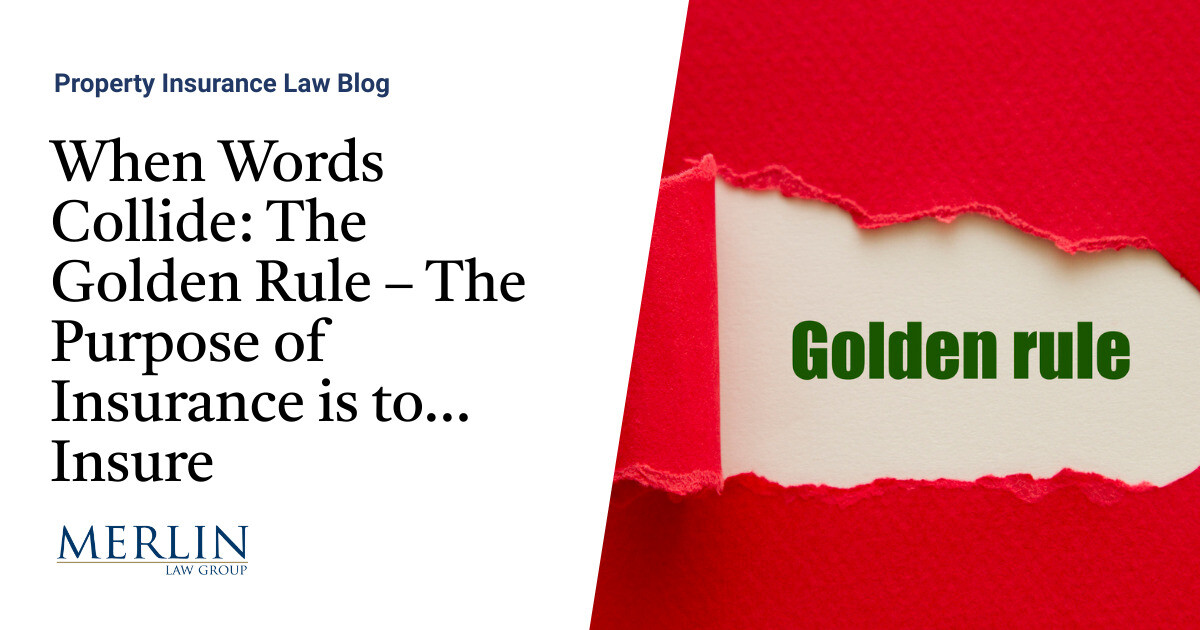What Does Pacific Prime Mean?
What Does Pacific Prime Mean?
Blog Article
6 Easy Facts About Pacific Prime Shown
Table of ContentsAn Unbiased View of Pacific PrimePacific Prime Fundamentals ExplainedFascination About Pacific PrimeThe Ultimate Guide To Pacific PrimeThe smart Trick of Pacific Prime That Nobody is Talking About

This is due to the fact that the data were gathered for a period of strong economic performance. Of the estimated 42 million individuals that were uninsured, almost regarding 420,000 (regarding 1 percent) were under 65 years of age, the age at which most Americans become qualified for Medicare; 32 million were adults in between ages 18 and 65, about 19 percent of all grownups in this age; and 10 million were youngsters under 18 years old, regarding 13.9 percent of all children (Mills, 2000).
These quotes of the variety of individuals without insurance are generated from the annual March Supplement to the Present Populace Study (CPS), carried out by the Census Bureau. Unless or else noted, nationwide quotes of individuals without health insurance and percentages of the population with different kinds of protection are based on the CPS, the most extensively made use of source of price quotes of insurance coverage and uninsurance prices.
Things about Pacific Prime

Still, the CPS is specifically useful because it generates yearly estimates fairly rapidly, reporting the previous year's insurance coverage estimates each September, and since it is the basis for a consistent set of estimates for greater than twenty years, enabling analysis of trends in coverage with time. For these factors, in addition to the substantial usage of the CPS in other studies of insurance protection that are offered in this report, we count on CPS estimates, with constraints kept in mind.

The estimate of the variety of without insurance people increases when a populace's insurance policy condition is tracked for several years. Over a three-year duration beginning early in 1993, 72 million people, 29 percent of the united state population, were without coverage for at the very least one month. Within a single year (1994 ), 53 million people experienced at the very least a month without protection (Bennefield, 1998a)
6 out of every 10 without insurance adults are themselves employed. Functioning does enhance the likelihood that one and one's household members will have insurance policy, it is not an assurance. Even members of families with 2 full time wage earners have virtually a one-in-ten opportunity of being uninsured (9.1 percent uninsured price) (Hoffman and Pohl, 2000).
The 6-Minute Rule for Pacific Prime
New immigrants represent a substantial proportion of individuals without medical insurance. One analysis has actually attributed a considerable section of the recent growth in the dimension of the united state uninsured populace to immigrants that arrived in the country in between 1994 and 1998 (Camarota and Edwards, 2000). Current immigrants (those who involved the United States within the past 4 years) do have a high price of being uninsured (46 percent), however they and their youngsters account for just 6 percent of those without insurance coverage country wide (Holahan et al., 2001).
The partnership between health and wellness insurance policy and accessibility to care is well established, as documented later on in this phase. Although the partnership between medical insurance and health and wellness results is neither direct neither basic, a comprehensive professional and wellness solutions research study literary works web links health insurance coverage to improved access to care, much better high quality, and enhanced personal and populace health standing.
Levels of evaluation for checking out the impacts of uninsurance. It focuses particularly on those without any health insurance policy for any type of size of time.
About Pacific Prime
The issues encountered by the underinsured remain in some areas similar to those dealt with by the uninsured, although they are normally much less extreme. maternity insurance for expats. Uninsurance and underinsurance, nonetheless, entail clearly various plan concerns, and the strategies for resolving them might vary. Throughout this research and the 5 records to adhere to, the major emphasis gets on individuals without medical insurance and thus no aid in spending for wellness care past what is readily available via charity and safety internet establishments
Wellness insurance policy is an effective aspect impacting invoice of treatment due to the fact that both clients and physicians react to the out-of-pocket cost of services - https://pacificpr1me.bandcamp.com/album/pacific-prime. Medical insurance, however, is neither required nor adequate to get to clinical services. The independent and straight impact of health and wellness insurance policy protection on access to health and wellness services is well developed.
Others will get the healthcare they require also without wellness insurance coverage, by paying for it expense or seeking it from providers that offer treatment cost-free or at extremely look at this website subsidized rates. For still others, medical insurance alone does not make sure receipt of treatment due to other nonfinancial obstacles, such as an absence of healthcare suppliers in their community, minimal access to transportation, illiteracy, or linguistic and social distinctions.
The Definitive Guide for Pacific Prime
Formal research study concerning without insurance populations in the United States dates to the late 1920s and early 1930s when the Board on the Price of Treatment generated a series of reports concerning funding physician office sees and hospitalizations. This problem ended up being significant as the varieties of clinically indigent climbed up throughout the Great Depression.
Report this page